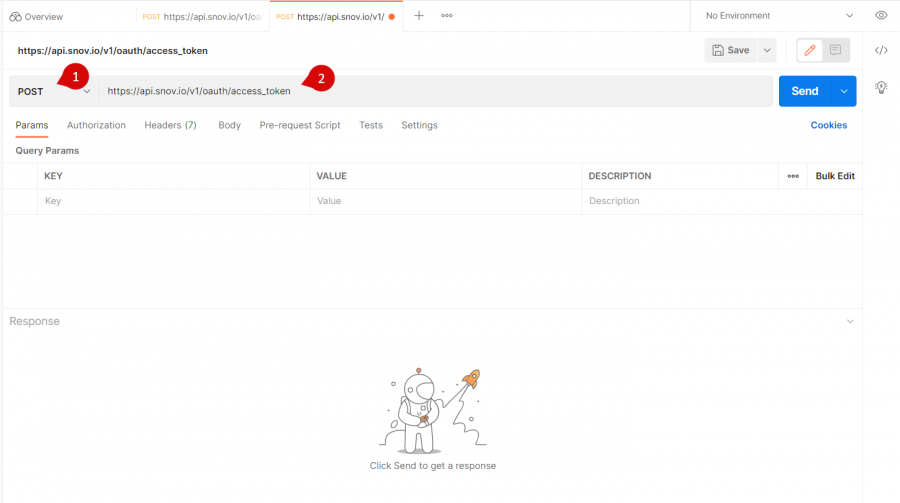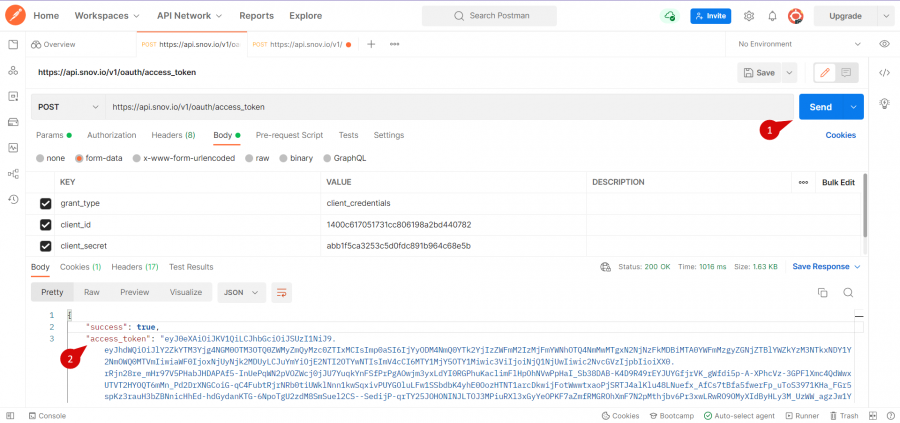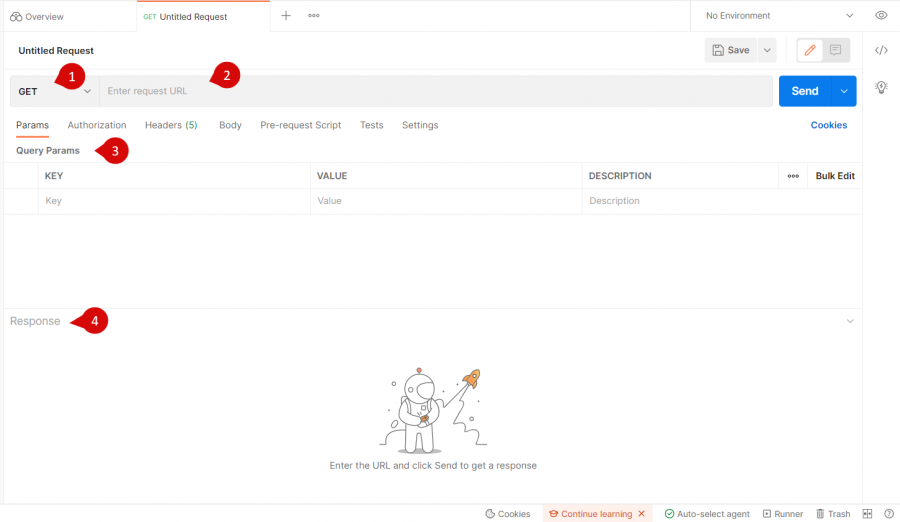Snov.io's tools are also available through our REST API. It allows you to access our main functionality through simple API requests.
You can use the API to automate the tasks that require manual work to find and verify prospects or routine actions in your account while managing your existing leads.
Incorporate Snov.io features with other apps or tools you use to enhance your workflow or create custom automation.
Snov.io's APIs are fully available on all premium plans.
If you're on a free plan, you can request a test access by emailing us at help@snov.io. To get started, please tell us about your specific goal so we can better understand your needs and provide guidance.
Here's a comprehensive list of what you can do with the Snov.io API:
- Get prospects with job titles and verified emails from our database
- Find emails and contacts from companies in the Domain Search API
- Enrich your existing data with our data in the Data Enrichment API
- Automate your lead generation process via Email Finder API
- Integrate multistep verification to check the email quality via Email Verifier API
- Automate tasks like creating lists, adding prospects or changing their status
- Retrieve analytics and campaign progress data to sync it with your reports
- Set up webhooks to get automated notifications about events from your account
How to get your API access token
Before making any request to the Snov.io API, you'll need to authenticate it.
Generate your access_token using the Authentication API request. You can find your personal API credentials required for the access token in your account settings.
Specify your token in the Authorization field to authenticate your requests. The access token lifespan is 1 hour (3600 seconds).
How to test Snov.io API via Postman
The easiest way to see how Snov.io API works is to use an API testing tool.
Step 1. Log in to your account
We'll use Postman because it's well-known, is relatively easy to use, and has a free version.
Sign up with the Postman app on the official website and create your account.
In the Home (1) tab, click the Send a request (2) button to get to the API testing environment.

Step 2. Get your Snov.io API access token
Before making a request, you need to generate an API access token. You'll need it to authorize your requests as coming from your Snov.io account.
Access token API call settings are the following:
- (1) Type: POST
- (2) Request URL: https://api.snov.io/v1/oauth/access_token

Input parameters:
| Key | Value |
| grant_type (1) | client_credentials |
| client_id (2) | User ID you can find in the account settings |
| client_secret (3) | API Secret you can find in the account settings |

After entering all the parameters, click the Send (1) button and get your Access token (2) in the Output/Response section.

Step 3: Authorize your request
In every request to Snov.io API, include your access_token in the Authorization field.
The access token lifetime is equal to 3600 seconds (1 hour) for security purposes. The token type is Bearer.
Step 4. Add request parameters
Every request to Snov.io API consists of:
- Request method — POST or GET (1)
- URL — HTTPS address of the request (2)
- Input parameters — key and its value (3)
- Output/Response — requested data or a request completion response (4)
Refer to the API documentation to see all available API requests, their parameters, credit cost and examples of provided data.
Choose a request you want to test and add the parameters as specified in the documentation.
Here's where to enter API request parameters in Postman:

For GET requests, enter Input parameters into the Params tab.
For POST requests, enter Input parameters to the Body tab → the form-data tab.

Sorry about that 😢
How can we improve it?